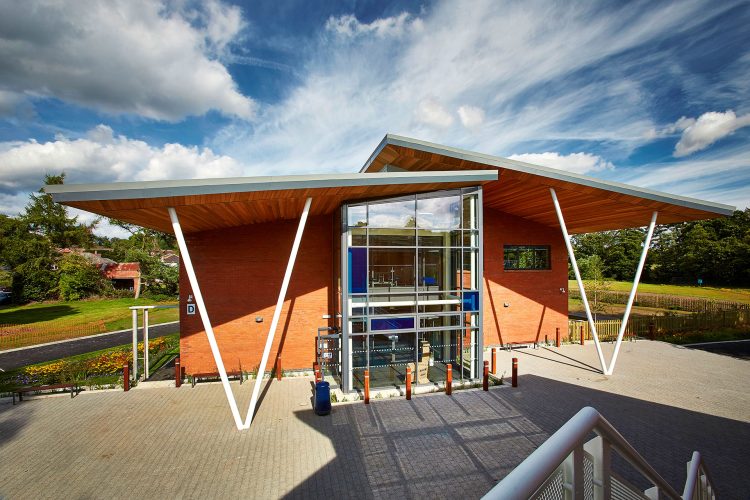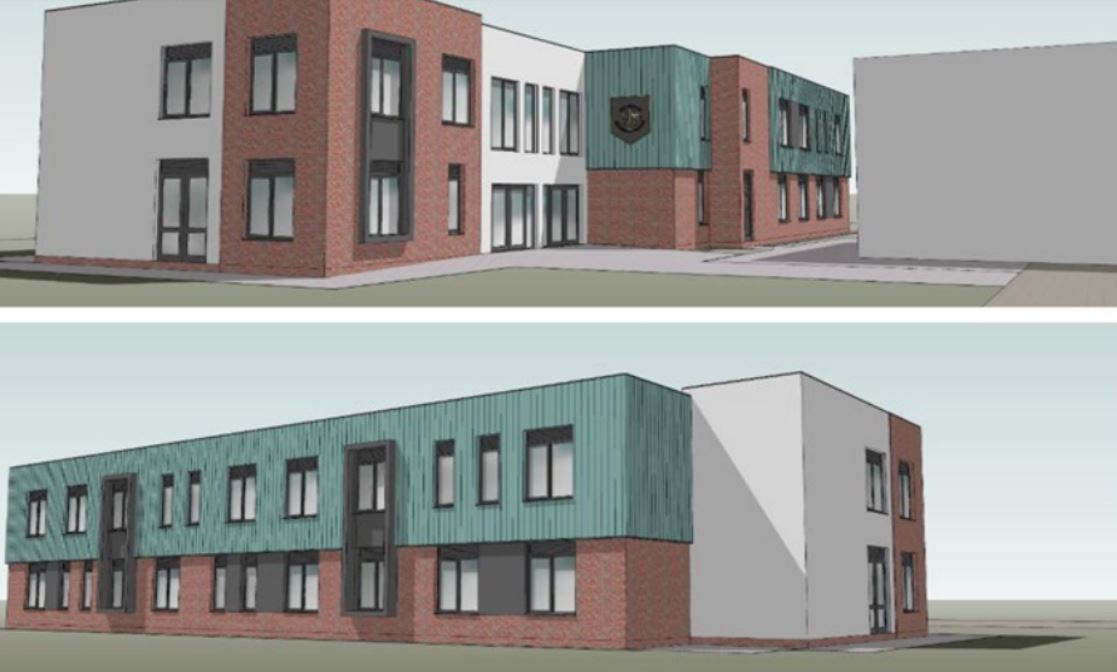The aesthetic of a building is considered to be one of the most important aspects of architecture. However, there is more to a building than simply how it looks from the street. The purpose of spending time refining the aesthetics of buildings is to allow them to strike a chord with our emotions. Historically, the limited materials that were used for construction have often influenced the shape of our communities; from the gravitas of stone castles to the inviting homeliness of wooden-clad cabins. Whilst often reflective of status in the past, aesthetics these days take on a new role far beyond the visual, and often beyond the practical as well.
Aesthetics allow us to create a consistent physical environment that provides comfort, joy, and positive stimulation in a range of different settings; from attractive wallpaper to cladding, skylights to stone driveways. By incorporating positive aesthetics into everyday life through architectural creativity, we can further extend the positive experience provided by the physical architecture, regardless of the building or setting.

Thankfully, we now have access to a diverse, rich palette of high performance and affordable materials to choose from, so buildings are able to be both intriguing to look at whilst at the same time can offer outstanding comfort and safety inside. From offices to houses, schools to stadiums, the statistics of why due care and attention should be paid to how buildings are finessed speak for themselves.
Research by the Commission for Architecture and the Built Environment revealed that 85% of those surveyed feel that they are influenced by the architecture that surrounds them, and that 81% take an active interest in how buildings both look and feel. These results reflect the fact that visually pleasing buildings correlate with well-being and happiness. Statistics show that patients recover faster when healthcare facilities are thoughtfully designed, and students achieve better grades in well-designed schools.

Considering attractive aesthetics within buildings can also be beneficial to the environment, and simple solutions shouldn’t be overlooked if we are to continue on the upward trajectory of ensuring new structures are as environmentally harmonious as possible. Bringing nature into our cities and buildings is a vital component of a sustainable future, and green infrastructure can be targeted to bring wildlife to the very places where we need it most. Green walls are a lovely addition to any building, especially in urban areas. And whilst they look beautiful, they’re also improving the air quality within the area.
One obvious way to make a project more appealing and sustainable is to reduce the amount of concrete involved in its construction, and instead focus on wood and more natural-appearing materials to complete its finish. Concrete is one of the most widely used construction materials on the planet but it has a big carbon footprint. Minimising its use is often an effective way of making a building appear to be better suited to its surroundings, and often greener as well.
The engineering sector has a variety of responsibilities, including ones that go beyond just ensuring a building is structurally sound. Given the increasing statistics to back up the cause, taking the time to carefully consider design plans and proposals are increasingly important, given the overwhelming benefits they are able to provide. This, on top of the reality that it’s often the more attractive buildings that are the greenest, we hope to see more consideration paid to building aesthetics in the years to come.
At Lyons O’Neill, we are proud that considerate design is always front of mind when working on any of our exciting projects.


